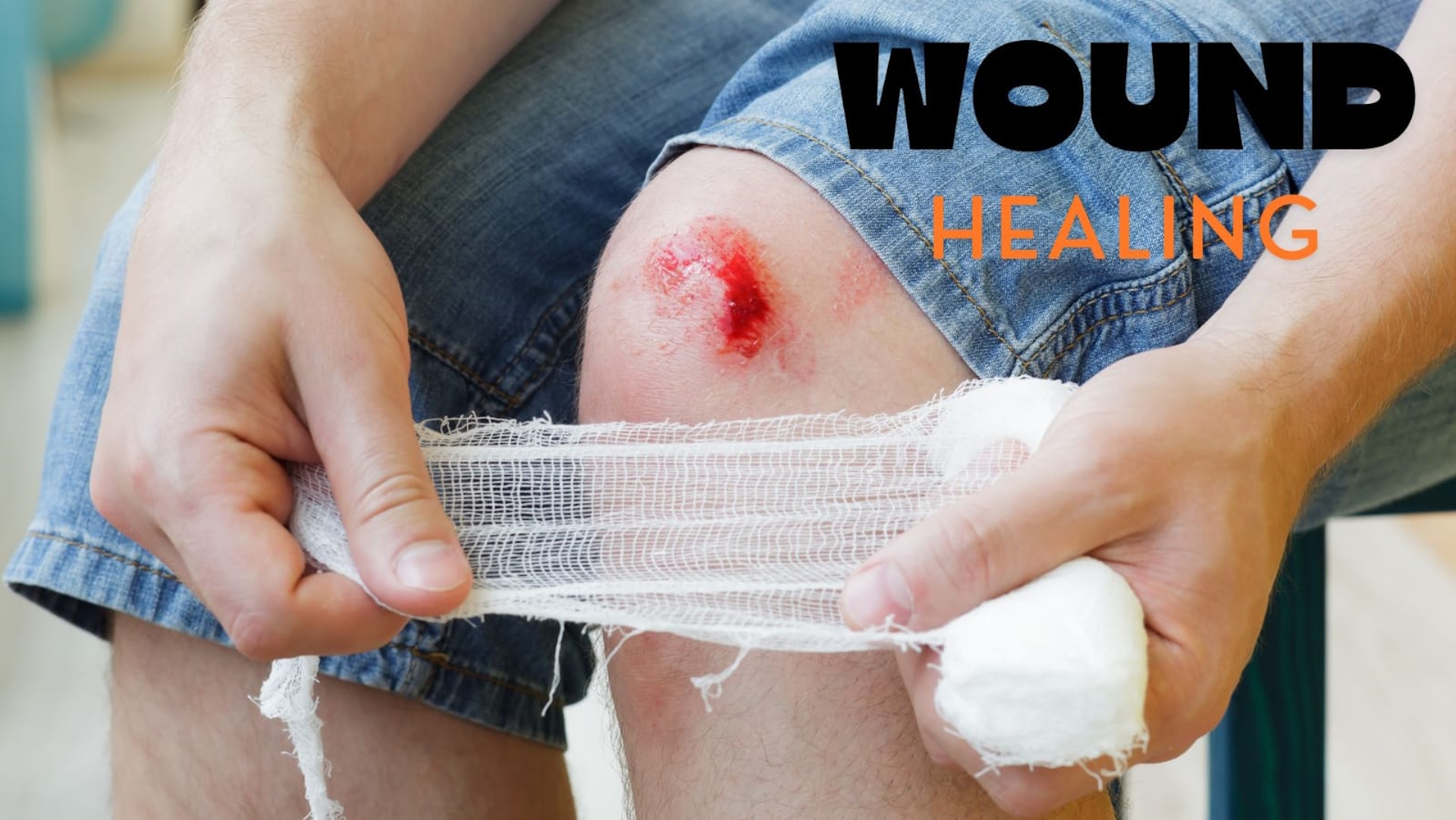Summer Safety: Managing Bruises, Abrasions, and Cuts with Colloidal Silver Water! As the warm embrace of summer beckons us outdoors for joyful adventures and leisurely pursuits, it also introduces the inherent risks of unexpected mishaps such as bruises, abrasions, and cuts. Whether hiking through rugged trails, playing sports in the park, or simply enjoying a stroll along the beach, preparing to address these incidents swiftly and effectively is paramount to ensuring a safe and enjoyable summer season.
Moreover, amidst the backdrop of outdoor escapades, advancements in wound treatment technologies have brought forth innovative solutions, notably the utilization of colloidal silver water, which holds immense promise in facilitating healing and thwarting the onset of infections. In this comprehensive guide, we delve into practical strategies for managing common summer injuries and explore the pivotal role of colloidal silver water in elevating wound care to new heights of efficacy and safety.
Managing Bruises with Colloidal Silver Water:
When faced with bruises resulting from minor accidents or impacts, a proactive approach centered around immediate cold therapy can be enhanced using colloidal silver water. This offers a natural and effective solution for alleviating discomfort and expediting healing. Bruises, medically referred to as contusions, occur when small blood vessels near the skin’s surface rupture due to trauma, leading to characteristic discoloration and tenderness.
To effectively address bruises, it’s essential to initiate a regimen of cold therapy supplemented with colloidal silver water as soon as possible after the injury occurs. Applying a cold compress, ice pack, or even a bag of frozen vegetables wrapped in a towel to the affected area can help constrict blood vessels, reduce blood flow to the injured tissue, and minimize swelling. Colloidal silver water further enhances healing by leveraging its antimicrobial properties to combat potential infections and promote tissue regeneration.
In addition to applying cold therapy with colloidal silver water, elevating the bruised limb above the heart level can enhance its effectiveness. By raising the affected area, gravity helps to drain excess fluid and reduce swelling more effectively, while colloidal silver water works synergistically to support the body’s natural healing process.
Consistency is key when managing bruises with cold therapy and colloidal silver water. It’s recommended to apply cold therapy supplemented with colloidal silver water for 15-20 minutes at a time, several times a day, particularly during the first 48 hours after the injury. Be sure to wrap the ice pack or cold compress in a cloth to prevent direct contact with the skin and potential irritation.
While cold therapy supplemented with colloidal silver water is an excellent first-line treatment for bruises, it’s essential to monitor the injury closely and seek medical attention if necessary. If the bruise is accompanied by severe pain, swelling, or restricted mobility, or if it fails to improve within a few days, consulting a healthcare professional for further evaluation and treatment is advisable.
By implementing these proactive measures and incorporating colloidal silver water into your bruise management regimen, you can effectively minimize discomfort, reduce swelling, and expedite healing. Listen to your body, take breaks as needed, and prioritize rest and recovery to facilitate optimal healing and restore comfort and mobility.
Managing Abrasions with Colloidal Silver Water:
As we embrace the excitement of outdoor activities, abrasions, also known as scrapes or grazes, can sometimes unexpectedly accompany our adventures. These surface wounds, resulting from friction or impact against rough surfaces, necessitate careful attention to prevent infection and facilitate optimal healing.
 The first step in managing abrasions is thorough cleaning and disinfection; incorporating colloidal silver water into the process can offer additional benefits. Begin by gently washing the wound with mild soap and clean water to remove dirt, debris, and any foreign objects embedded in the skin. Use a soft cloth or sterile gauze to pat the area dry, being mindful not to cause further irritation or damage to the skin.
The first step in managing abrasions is thorough cleaning and disinfection; incorporating colloidal silver water into the process can offer additional benefits. Begin by gently washing the wound with mild soap and clean water to remove dirt, debris, and any foreign objects embedded in the skin. Use a soft cloth or sterile gauze to pat the area dry, being mindful not to cause further irritation or damage to the skin.
Once the abrasion is clean and dry, applying a solution of colloidal silver water can provide added protection against bacterial growth and infection. Colloidal silver water’s antimicrobial properties make it an effective choice for disinfecting wounds and promoting healing. Apply the solution to the wound using a clean cotton swab or sterile gauze pad, ensuring thorough coverage of the affected area.
After disinfection, covering the abrasion with a protective dressing is essential to prevent further contamination and promote undisturbed healing. Adhesive tape or sterile adhesive bandages can serve as effective barriers against dirt, bacteria, and other external irritants. Ensure the dressing is applied securely but not too tightly, allowing for adequate airflow and circulation to the wound.
In addition to dressing the abrasion, monitoring the injury closely for any signs of infection or complications is crucial. Be vigilant for increased redness, swelling, warmth, or drainage from the wound, as these may indicate an infection requiring medical attention.
Finally, change the dressing regularly and keep the abrasion clean and protected until it fully recovers. Most abrasions will heal within a few days to a week with proper care and attention, leaving minimal scarring and discomfort.
By following these guidelines for managing abrasions with colloidal silver water, you can effectively navigate these common outdoor injuries and promote a speedy and uncomplicated recovery. Prioritize cleanliness, disinfection, and protection to ensure optimal healing and minimize the risk of complications.
Dealing with Cuts:
Encountering deep cuts can be a daunting experience, but swift and effective action is paramount to minimize bleeding and reduce the risk of infection. Knowing how to respond promptly can significantly impact the outcome, whether the injury occurs during household chores, outdoor pursuits, or everyday activities.
The first step in managing a deep cut is to control bleeding. Elevating the wounded area above the heart level helps reduce blood flow to the injury site. Applying firm pressure with a clean, sterile gauze pad or cloth directly over the wound aids in stemming the flow of blood and promoting clotting. Maintain pressure for several minutes until the bleeding subsides or until medical assistance arrives.
Once bleeding is under control, the next priority is thoroughly cleaning and disinfecting the wound to prevent infection. Irrigate the cut with clean water or saline to remove dirt, debris, and bacteria. Avoid harsh antiseptics such as hydrogen peroxide or alcohol, as they can cause tissue damage and impede healing.
After cleaning the wound, applying a layer of colloidal silver water can offer additional antimicrobial protection and promote healing. Colloidal silver water’s natural properties effectively disinfect wounds and support the body’s natural healing processes. Cover the cut with a sterile adhesive bandage or dressing to protect it from further contamination and facilitate healing. This ensures the bandage is applied snugly but not too tightly to allow for adequate airflow and circulation.
In some cases, deep cuts may require medical attention, particularly if they are large, jagged, or on sensitive body areas. Seek medical help if the cut is gaping, does not stop bleeding after applying pressure, or shows signs of infection such as increased redness, swelling, or discharge.
As the cut begins to heal, monitor it closely for any signs of complications and change the dressing regularly to keep the wound clean and protected. With proper care and attention, most cuts will heal within a week to 10 days, leaving minimal scarring.
By following these steps for dealing with cuts with colloidal silver water, you can effectively manage these common injuries and promote a speedy and uncomplicated recovery. Remember to remain calm, act promptly, and prioritize cleanliness and infection prevention to ensure the best possible outcome.
Colloidal Silver Water in Wound Healing:
In recent years, silver-containing dressings have emerged as a pivotal advancement in wound care, offering a comprehensive approach to fostering healing while mitigating the risk of infections. These innovative dressings capitalize on the antimicrobial properties of silver, methodically releasing silver ions into the wound bed to effectively combat microbial growth and cultivate an environment conducive to healing.
Silver ions’ antimicrobial prowess extends to a broad spectrum of bacteria, fungi, and other pathogens that may hinder the healing process and escalate the likelihood of infection. By disrupting these microorganisms’ cell membranes and metabolic processes, silver ions proficiently stifle their growth and propagation, thereby diminishing the risk of wound complications.
In addition to their antimicrobial attributes, silver-containing dressings are pivotal in stimulating tissue regeneration and expediting wound-healing. By fostering an environment conducive to cellular proliferation and migration, these dressings facilitate the formation of new tissue and prompt wound closure, thereby expediting healing times and enhancing patient outcomes.
Moreover, silver-containing dressings exhibit anti-inflammatory properties, aiding in alleviating swelling, pain, and discomfort commonly associated with wounds. By modulating the inflammatory response and fostering a more harmonious healing milieu, these dressings contribute to heightened patient comfort and satisfaction throughout the healing trajectory.
Overall, the integration of silver into wound care represents a profound advancement in wound management, offering a safe, efficacious, and versatile approach to fostering healing while mitigating infection risks. Whether employed in acute or chronic wounds, surgical incisions, or traumatic injuries, silver-containing dressings have demonstrated remarkable efficacy in optimizing outcomes and elevating the standard of care for patients.
As research and technology progress, silver-containing dressings are poised to assume an increasingly prominent role in wound management, equipping healthcare providers with a valuable asset to enhance patient outcomes and promote overall well-being.
Seeking Medical Attention:
While many minor injuries can be effectively managed at home with proper first aid techniques, there are certain situations where seeking medical attention is imperative for optimal care and recovery. If you experience persistent pain, swelling, or other concerning symptoms that do not improve with home treatment, you must consult a healthcare professional promptly.
Signs of infection, such as increasing redness, warmth, tenderness, or the presence of pus or discharge from the wound, are also red flags that warrant medical attention. If left untreated, infections can quickly escalate, leading to more severe complications and prolonged recovery times. Seeking timely medical intervention allows healthcare providers to assess the injury, provide appropriate treatment, and prevent the spread of infection.
In addition to seeking medical attention for acute injuries and signs of infection, it’s crucial to prioritize preventive measures to reduce the risk of future mishaps. Maintaining good hygiene practices, such as regularly washing your hands and keeping wounds clean and covered, can help minimize the likelihood of infections and complications. Avoiding risky activities or environments, using protective gear when appropriate, and practicing situational awareness can also help prevent injuries and promote safety.
Recognizing the signs that indicate the need for medical attention and taking proactive steps to prevent future mishaps can protect your health and well-being and ensure a safe and enjoyable summer season. Don’t hesitate to contact a healthcare professional with any concerns or questions about your injuries or symptoms. Your health and safety are paramount, and seeking timely medical assistance is the best action to ensure optimal care and recovery.
Conclusion:
As we embrace the joys of summer and immerse ourselves in outdoor activities, it’s crucial to prioritize safety and preparedness to ensure a season filled with fun and adventure. Knowing how to effectively handle common injuries such as bruises, abrasions, and cuts is essential for safeguarding our well-being and loved ones.
By implementing proper first aid techniques and seeking timely medical attention, we can minimize the impact of injuries and promote swift recovery. Additionally, leveraging advancements in wound care, such as colloidal silver water, enhances our ability to manage wounds effectively, promoting optimal healing and reducing the risk of infections.
As we bid farewell to summer and welcome the changing seasons, let us carry forward the lessons learned and prioritize safety and well-being in all our endeavors. By staying informed, prepared, and proactive, we can ensure that each summer is filled with cherished memories and enjoyable experiences, free from the burden of preventable injuries.


